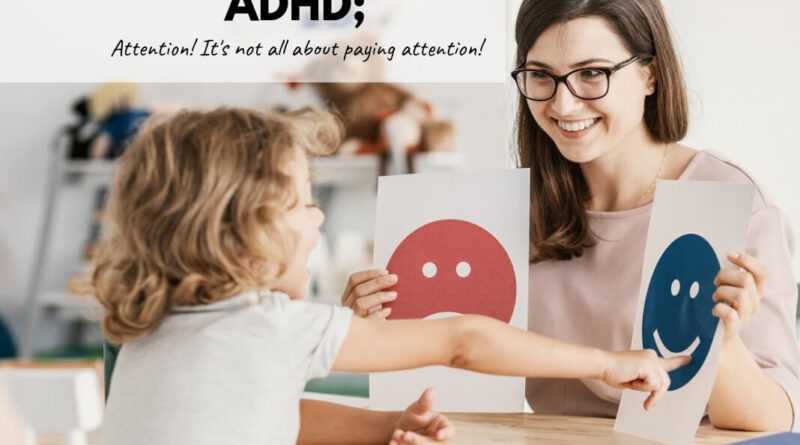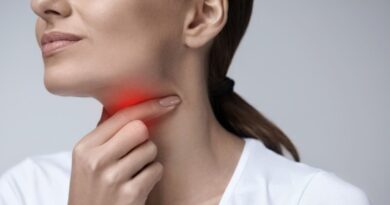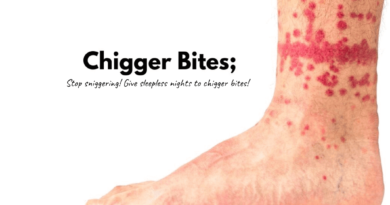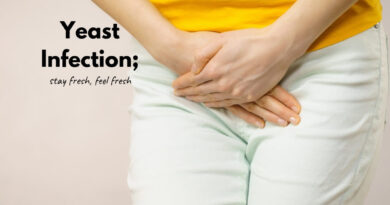Did You Know That ADHD Is Completely Curable Naturally?
Imagine being a cat and a hundred lasers are being pointed at you, and you have to concentrate on just one. It’s hard, isn’t it? That, in a nutshell, is how a person suffering from ADHD feels like. It’s a constant battle within your mind- to keep your mind right and focusing on the tasks that you have on hand.
Attention Deficit Hyperactivity Disorder (ADHD) and Attention Deficit Disorder (ADD) are neurological and behavioral conditions that cause a hindrance in the cognitive functions of the brain whilst performing tasks such as concentrating on a task, causing outbursts of impulsive behaviors, and excessive energy. Patients are not only challenged with these symptoms but fundamentally face a problem sitting still. It is a general pattern that people suffering from ADHD are typically more disruptive than individuals with ADD.
Typically, it is a noticeable trend that ADHD often occurs at the age of 7. However, it is also noticed that this disorder can continue through the teens and even through adulthood. It is estimated that ADHD affects around 9 percent (1) of the American children between the age group of 13 and 18. Also, 4 percent (2) of adults suffer from this condition.
Due to the rise of this disease amongst children, there has also been a rise in the production of conventional medicine that is used to treat ADHD. The Centers for Disease Control and Prevention (3) (CDC) has stated that ADHD diagnoses in children increased by about 41 percent between 2003 and 2011. It was also estimated that 11 percent of children between the age group of 4 to 17 years had been diagnosed with ADHD, as of 2011. That is 6.4 million children as of 2011.
The National Institute of Mental Health (4) has stated that the number of children being diagnosed with ADHD is increasing and its causes are unclear. Most researches indicate that the increase in ADHD is directly linked to the food, sleeping, and breathing pattern.
Recent research(5) also suggests that sleep deprivation, circadian rhythm disturbances, and disturbed breathing practices may cause the development of ADHD- like symptoms.
Understanding the root cause/causes of ADHD is of a dire need to help tackle the problem and cut it out at its roots.
According to several international studies, ADHD is found to have a genetic link. Additionally, it is also noticed that there are environmental factors and dietary concerns that many researchers believe increases the risk and in many cases worsen the already present symptoms.
Sugar, artificial sweeteners, chemical food additives, preservatives, and nutritional deficiencies are all considered major causes of ADD/ADHD.
It is particularly noticed that in children, a partial cause is related to the lack of interest or enforced traditional learning techniques, which they may not be ready or are not willing to learn. It is a known fact that visual aids, kinesthetic and hearing aids could help in learning effectively.
Table of Contents
Symptoms Of ADHD
The severity of symptoms can vary greatly from individual to individual, as it depends on several factors such as genetic, environmental, and sleep patterns.
Symptoms in children may be as follows:
- Difficulty in concentrating and diminished focus
- Easily distracted
- Easily Bored
- Difficulty organizing or completing tasks
- Difficulty in following instructions
- Fidgety behavior, squirming
- Extreme difficulty being still and/or quiet
- Impatience
Symptoms in adults may be as well:
- Difficulty focusing and concentrating on a task, project, or conversation
- Overwhelming emotional and physical restlessness
- Frequent mood swings
- Prone to anger and a hot temper
- Low tolerance of people, situations, and surroundings
- Increased risk for addiction
Conventional treatment includes the usage of Adderall and Ritalin, which are known to cause several side effects in the body and deteriorate its health over time. The good news is that there are several home and natural remedies that may help you prevent/control your ADHD.
Natural Remedies for ADHD
CURE 1: Foods for ADHD
Several types of research have linked eating habits and the chance of occurrence of ADHD in kids. As there are several foods to avoid, there are also several foods that you could consume as a form of adjuvant therapy that could help you prevent/cure ADHD.
1. Protein Rich Foods
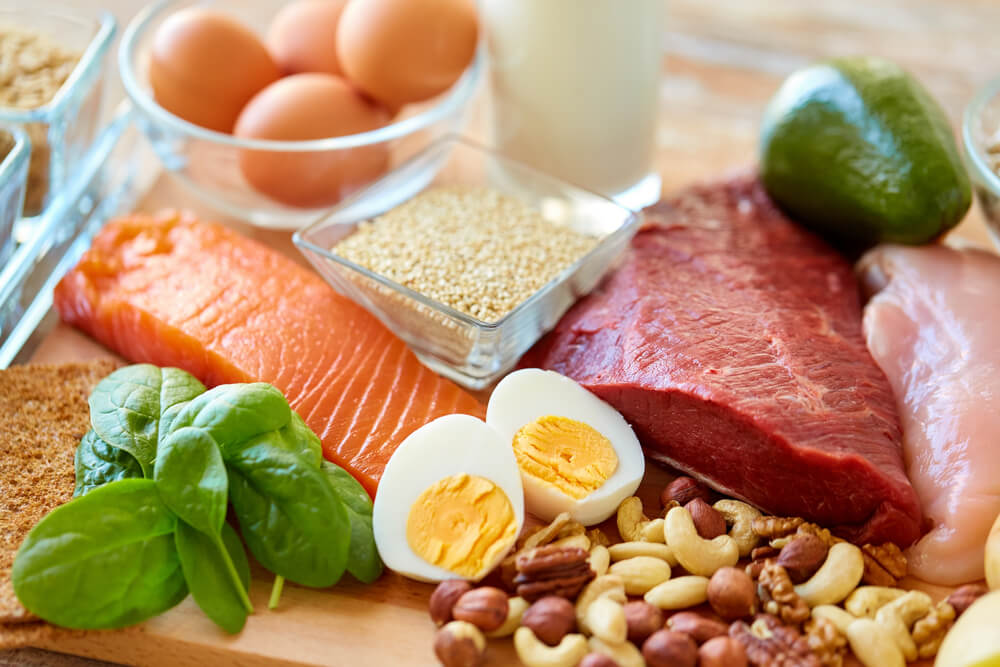
Most of the body, organs, tissues, and hormones are all made of proteins and proteins found in the foods form an integral part of the body and help in the growth and proper functioning of the body and the muscles.
Why does it work?
In recent research(6) conducted, it was observed that patients suffering from ADHD had reduced levels of cytokine protein levels in the body which was linked to the occurrence of ADHD.
It is a known fact that reduced levels of neurotransmitters such as acetylcholine and GABA are one of the primary reasons for an imbalanced communication between neurons which eventually leads to the improper transmission of neuronal signals.
Proteins make up the neurotransmitters, so supplementing the body with these proteins could help in the production of these proteins and could help reduce the effect of ADHD.
How to use?
This is an integrative change that you should make in your diet that could have long term and everlasting effects. Adding lean beef, pork, poultry, fish, eggs, beans, nuts, soy, and low-fat dairy products has beneficial effects in fighting ADHD. You could add these products into your diet and have it once a day, either for lunch or dinner. It is recommended that you stick with the lean version of the meat.
How much to use?
It is recommended that you talk to your doctor about the protein consumption that is required by your body as it is a variable and depends on several factors. However, in a general sense, it is recommended that you have around 200 grams of protein that could be divided into three meals or in a single meal.
Also Read: What Is ADHD? Attention Deficit Hyperactivity Disorder Overview
2. Probiotic Foods
Fundamentally, probiotics are live microorganisms (generally different strains of bacteria) that live in the gastrointestinal tract of the body. Sometimes, the body may have a deficiency of these bacteria and may lead to certain health disorders.
Why does it work?
Probiotic foods are rich in bacteria that could help boost the production of dopamine, a neurotransmitter that helps in the transmission of neural signals in the brain and helps in boosting the neural reward response of the body. That could not only help in controlling ADHD, however, it may also prevent and keep ADHD at bay.
In a pilot research(7) that was conducted on 19 participants suffering from ADHD, it was noticed that when they were given certain supplements that increased their probiotic bacteria in their gut, it was clearly linked to the production of dopamine in the body that helped with the neural reward response.
How to use?
Yogurt, kefir, sauerkraut, tempeh, kimchi are some of the foods that are considered probiotics. Integrating these into your diet for young adults and for children could help in the prevention and control of ADHD. It is recommended that you ideally consume these products for breakfast or lunch as it provides enough time to act on the body.
How much to use?
Ideally, it is recommended that you consult with your doctor before integrating this into your diet as it could be a variable and the requirements may differ for each person. Additionally, you could also use supplements that are easily available.
3. Iron-Rich Foods

Iron is considered as an essential mineral that is required by the body for several functions such as the formation of blood cells, oxygen transport, synthesis of several hormones and even the synthesis of DNA. It is a known fact that iron deficiency could lead to several ramifications for health.
Why does it work?
Although there aren’t any concluding studies as to how iron helps in getting rid of ADHD, however, it has been hypothesized that lower levels of iron are associated with fatigue, poor concentration, mental function, irritability, poor memory, and muscle weakness. Consuming a diet rich in iron is an essential part of a successful diet strategy for ADHD. Iron could help in fighting the symptoms that are caused by ADHD and helps in controlling the symptoms.
How to use?
Iron-rich foods include liver, steaks, beans, legumes, spinach, egg yolks. Integrating these particular foods into your diet is not as hard as most of these foods are already integrated into your kitchen. Eating these could help you control/prevent your symptoms.
How much to use?
Ideally, it is recommended that you consult with your doctor before integrating this into your diet as it could be a variable and the requirements may differ for each person. Additionally, there are supplements available that you could use as well.
CURE 2: Herbs for ADHD
Herbs are naturally occurring substances which originate from plants or plant derivatives. They have shown immense potential in controlling the symptoms that are caused due to ADHD. Herbal remedies are easily accessible and don’t bear any kind of side effects. Some of the best herbs for dealing with ADHD include
1. Herbal Tea
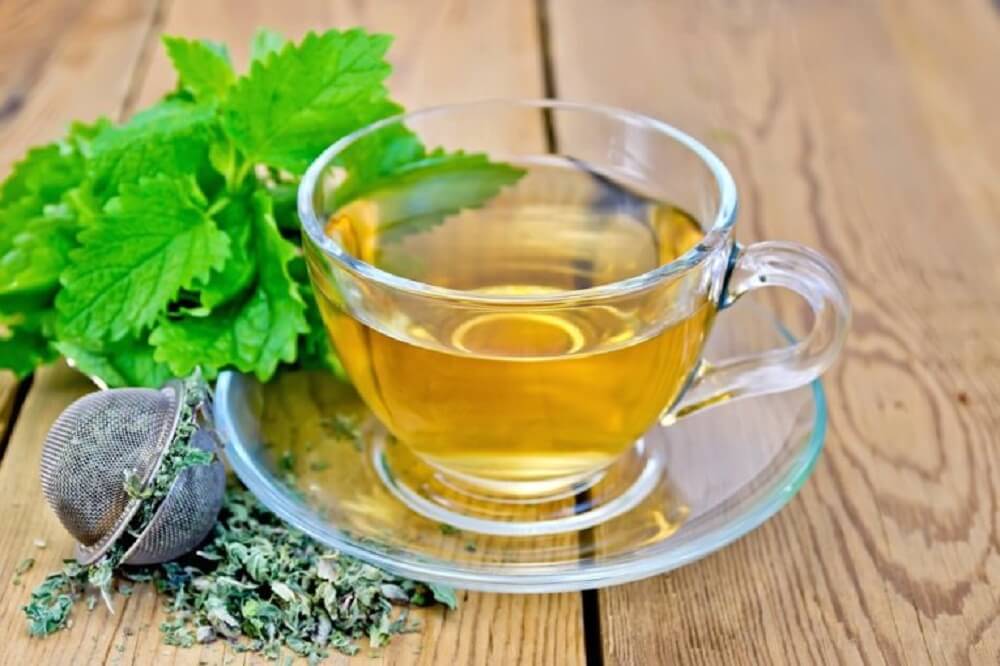
An amazing oriental tea that can quickly ease down the symptoms of ADHD is herbal tea. It is brimming with health-promoting components such as catechins that aid in bringing down stress and help soothe the mind.
Why does it work?
Herbal teas are considered to be safe and are an effective way for a child to relax and help soothe their mind. Although they aren’t any concrete studies that support the claim of it being able to help with ADHD. However, they are several personal anecdotes that are provided by patients that have used herbal tea to control and help prevent the symptoms from arising. Additionally, it is also a known fact that herbal tea is able to help with sleep patterns.
How to use?
- Boil a cup of water for 3-4 minutes
- Let it simmer for five minutes on the stove
- Add a teaspoon of herbal tea in the cup
- Next, add boiling water, let it brew for a minute or two until you see the color change
- Consume it after it cools down considerably.
Precautions
Do not add green tea to boiling water. Instead add lukewarm water to the tea, as the heat might destroy the catechins present in tea and reduce the potency of the herbs.
How much to use?
It is recommended that you start with a dose of 2 cups a day. You could then increase the dosage as suited, however, before increasing your dosage it is recommended that you consult with your physician if you could adhere to this regimen.
2. Ginkgo biloba for ADHD

Ginkgo biloba, this tree is commonly referred to as gingko and is also known as the maidenhair tree. This is the only tree that is the living species in the division of Ginkgophyta. It is found in the fossilized form in China, dating back 270 million years. The tree is widely cultivated there and has been used as a medicine since early human history.
Why does it work?
This Chinese herb is known to alleviate symptoms that are caused by ADHD. It increases the blood flow to the brain and helps in relieving stress and helps in soothing the brain. It is known to increase cerebral and vestibular blood flow by decreasing blood viscosity and additionally, it is known to improve neuronal plasticity and mitochondrial function and energy metabolism that helps in battling ADHD. Also in a study(9) conducted, it was noted that Ginkgo biloba is an effective herb against ADHD and has promising medicinal effects for the individuals.
How to use?
Ginkgo biloba is available in many different formulations, including capsules, powders, tinctures, and teas. You could choose any of them that appeals to you. However, it is advised that you consult with your physician/doctor before you start using this regimen.
Also, this herb is not recommended to be used alongside anticoagulants or antiplatelet agents (such as acetylsalicylic acid) and should be completely avoided in patients with bleeding disorders.
How much to use?
It depends on the severity of the symptoms and the brand/supplement that you are using, however, in a general sense it is recommended that you start with a low dose like 2 cups a day when you feel like you are having any symptoms. You could then increase the dosage as suited, however before doing so it is recommended that you consult with your physician if you could adhere to this regimen.
3. Ginseng

This oriental root has been used for ages as a traditional medicine in Asia, especially in southeastern Asia. This root has several medicinal benefits. It acts as an analgesic, controls ADHD and promotes good mood and relaxation.
Why does it work?
Ginseng is an herb that acts on the cerebral hemispheres of the brain and helps in improving the mood, personality and social functioning of the patients. Although there isn’t a clear consensus as to how it works, however, it has been hypothesized that it helps in increasing the blood flow and boosting the immune system and thereby helping the neurotransmitters in the brain to traverse more.
In a 2011 study(10) that observed 18 children between 6 and 14 years old who were diagnosed with ADHD, these kids were administered 1,000 mg of ginseng for eight weeks. After the experiment was done, it was observed that there were improvements in the symptoms of ADHD such as anxiety, personality, and social skills.
How to use?
Ginseng is available in so many different forms. Ginseng root can be consumed in many ways. It can be eaten raw or steamed as per your taste. It can also be stewed in water to make tea. To do this, just add hot water to freshly sliced ginseng and let it rest for several minutes. Strain the solution and add some honey and you are good to go.
Ginseng can be added to various recipes like soups and stir-frys too, and the extract can be found in powder, tablet, capsule and oil forms.
How much to use?
It is ideally recommended that you consume a daily dose of 1-3 grams of ginseng root or 300-400 mg of the extract is suggested. However, it is strongly recommended that you seek professional advice before using this regimen. Also, it is crucial to remember that you start from lower doses and then work your way to the right dose for you. If you would like to use the extract, it is recommended that you look for 2-3% of total ginsenosides in the extract and consume it before your meals for the best results.
Also Read: Health Benefits of Eating Nuts
CURE 3: Alternative treatments for ADHD
There are several therapies that are out of the bounds of conventional medicine and are truly effective against ADHD. These therapies are provided at specific therapy centers that provide you the kind of service. It would be easy considering the rapid growth of such treatment centers to help cure/control a lot of medical conditions.
1. Biofeedback Therapy
When you meet your friend, you shake his hand or are wave goodbye. All these are voluntary functions that you control with your mind. In these situations, it doesn’t mean that your brain isn’t functioning. There are several functions that are simultaneously happening such as breathing, digestion, blood pressure, temperature. All these functions are controlled by your nervous system involuntarily.
However you can’t push your mind and make digestion faster, the process of these involuntary functions being controlled to a level by your mind is called biofeedback.
Why does it work?
There are many different types and forms of biotherapy. The one that is used to treat migraine is one of the simplest methods where they are several reinforcement techniques that are used to control your mind in such a way that you would be able to handle and control your attacks. Although the research on this method is still cloudy, there are several people who have sworn by this therapy to help them cure/control ADHD.
How to use?
Go to your nearest therapy center and to have them put you through this therapy. However, it is suggested that you have a word with your physician/doctor before you go, so as to have a better understanding of this therapy.
How much to use?
The whole treatment plan could span over months, however, this is a variable and a general estimate. It could vary from person to person as it depends on several factors. You would be told about your duration and about how regularly you’d have to attend this therapy.
2. Acupuncture for ADHD
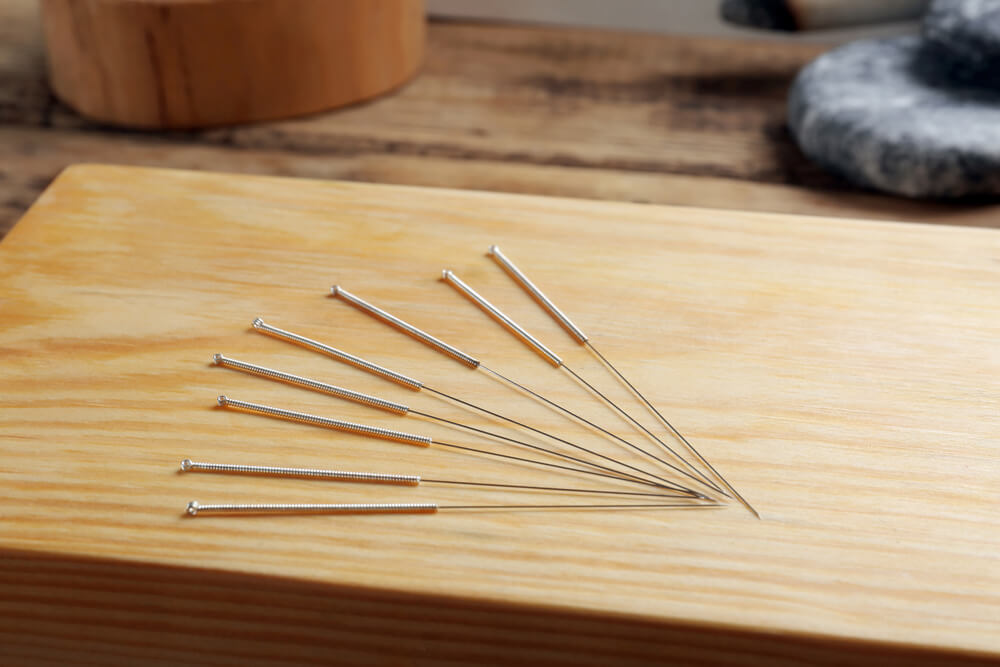
Long before western medicine came into existence, there was a time where people relied on traditional medicine and one of the hidden jewels here is acupuncture. It has been used for ages to cure/prevent several severe health conditions. It has also gained a lot of traction in recent times, owing to what it could actually offer to the patients.
Why does it work?
Acupuncture follows the principle of relaxing several pressure points present throughout the body with the use of sharp needles. There are several pressure points in the body, that when applied pressure on, help relax. According to several studies conducted, it was also concluded that acupuncture is one amongst the viable options to treat migraine.
How to use?
Go to your nearest acupuncture therapy center and have them put you through this therapy. However, it is suggested that you have a word with your physician/doctor before you go, so as to have a better understanding of this therapy.
How much to use?
The whole treatment plan could span over months, however, this is a variable and a general estimate. It could vary from person to person as it depends on several factors. You would be told about your duration and about how regularly you’d have to attend this therapy.
3. Hypnotherapy
Hypnotherapy is an effective alternative/complementary form of therapy for patients with ADHD: it helps both adults and children to control their symptoms whilst negating the side effects of conventional medicine. It conditions and soothes their subconscious mind, helping them control symptoms of ADHD.
Why does it work?
Hypnotherapy helps the child gain a sense of control, it helps to increase self-esteem and competence and helps in the reduction of stress. Children usually are readily open to suggestions. and hypnosis bridges the child’s inner world of imagination and helps them follow through with a therapeutic change. Hypnotherapy is particularly helpful(11) when integrated into a multimodal treatment and when it is adapted into the child’s developmental age.
How to use?
Go to your nearest therapy center and have them put you through this therapy. However, it is suggested that you have a word with your physician/doctor before you go, so as to have a better understanding of this therapy.
How much to use?
The whole treatment plan could span over months, however, this is variable and a general estimate. It could vary from person to person as it depends on several factors. You would be told about your duration and about how regularly you’d have to attend this therapy.
Also Read: Effective Home remedies To Make Your Hands Soft and Hydrated
CURE 4: Essential oils for ADHD
Essential oils are extracted from plants and they are distilled into highly concentrated oils. These oils are taken primarily from leaves, flowers, blossoms, roots, and stems of a plant. It is to be noted that essential oils are only a form of adjuvant therapy, and help control the symptoms that are caused due to ADHD. It is to be practiced alongside other therapies for the best results.
1. Vetiver Oil
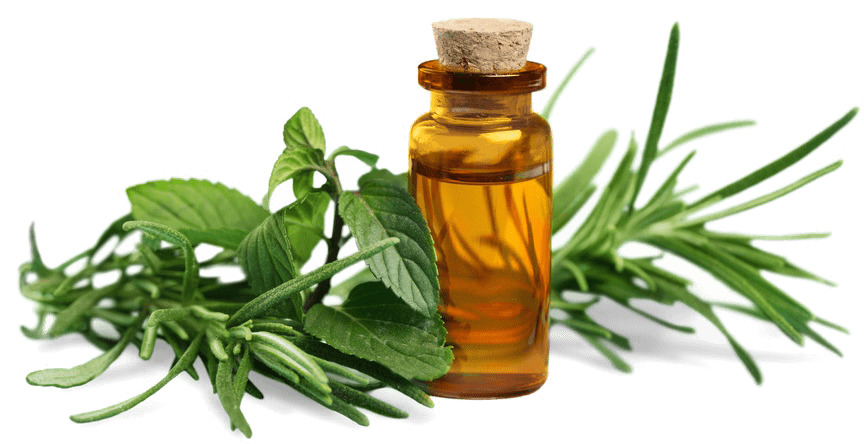
It is a less-known essential oil, however, that doesn’t depreciate its qualities of being highly effective for several health conditions. It is extracted from a grassy plant that is native to India. It is said to have an earthy scent and is a known aphrodisiac.
Why does it work?
Although there is no medical research conducted on the efficacy of essential oils for ADHD, however, it is considered to be one of the most effective essential oils that could be used to control the symptoms of ADHD. There have been several personal anecdotes that confirm the usage of this essential oil for ADHD.
How to use?
Ideally, it is recommended that you inhale this essential oil directly, you could directly take sniffs from the bottle during the day. You could also add 3-4 drops of the oil in your humidifier and place it in your bedroom while you are sleeping. Additionally, you could also add this into your massage oil for getting rid of the symptoms of ADHD.
How much to use?
Although it isn’t specified or a set rigid dosage for the use of vetiver oil, however, it is strongly recommended that you consult with your doctor/physician before starting this regimen.
2. Lavender Essential Oil
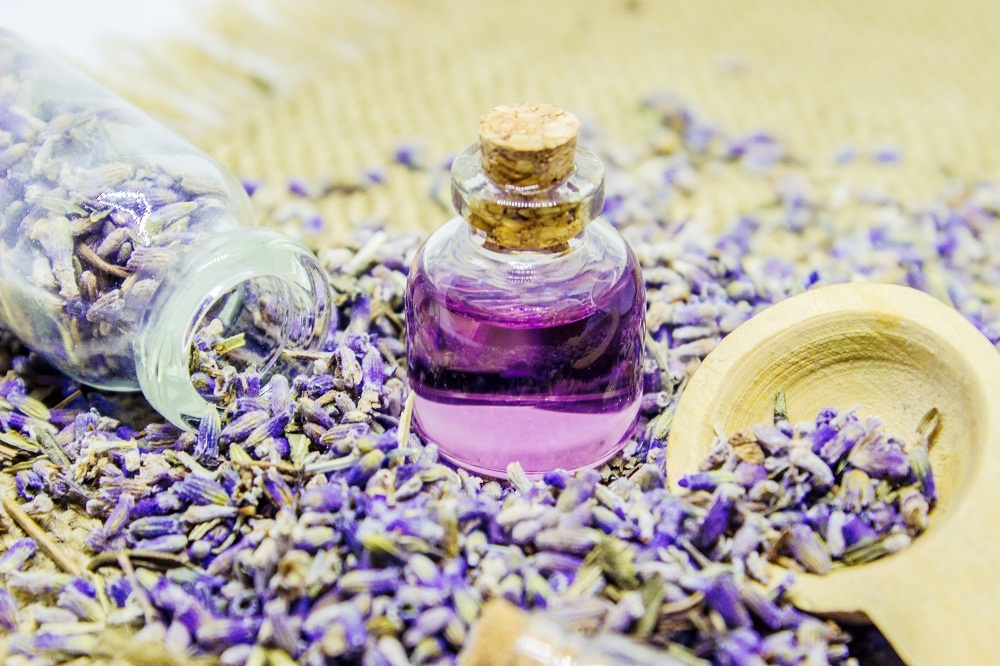
This oil is used extensively to treat a lot of conditions and is now an integral part of aromatherapy. It is also used in massages, sauna, and alternative clinics as it has proven potential to relax the brain.
Why does it work?
Although lavender oil doesn’t directly affect ADHD and helps in curing it, It helps in battling the symptoms and helps in controlling the symptoms and provides an instant relief to the patient. ADHD patients offer to suffer from insomnia, which in turn affects their ADHD and worsens the symptoms.
According to a recent study(8) conducted by the University Of Minnesota, it was fairly concluded that lavender oil is an efficient essential that helps to improve sleep quality. It was also observed that people who used lavender oil over time appeared to be able to sleep well and were able to boost they’re well being.
How to use?
Ideally, it is recommended that you inhale this essential oil directly, you could directly take sniffs from the bottle during the day. You could also add 3-4 drops of the oil in your humidifier and place it in your bedroom while you are sleeping. Additionally, you could also add this into your massage oil for getting rid of the symptoms of ADHD.
How much to use?
Although a rigid dosage for the use of lavender oil isn’t specified, it is strongly recommended that you consult with your doctor/physician before starting this regimen.
3. CBD oil for ADHD (Cannabidiol)
It is one of the 120 substances extracted from the cannabis plant. It comes from the marijuana plant, but it contains only trace amounts of tetrahydrocannabinol (THC), the compound that produces a high/euphoric state of mind. It implies that this oil has no/negligible psychoactive effects on you if you use it. Cannabidiol oil is known to relieve pain and reduce inflammation, and it guarantees a promising treatment for the symptoms caused by ADHD.
Why does it work?
As the pathophysiology of ADHD is not completely understood, it is known that there are several factors that influence the occurrence of ADHD. CBD oil has proven to be an efficient essential oil that is able to control the symptoms that are caused due to ADHD.
However, there are no conclusive studies indicating the same. It has been hypothesized that CBD oil, is a natural analgesic and helps to keep the pain at bay and also helps in promoting sleep and helps in keeping the symptoms at bay.
How to use?
Ideally, it is recommended that you inhale this essential oil directly, you could directly take sniffs from the bottle during the day. You could also add 3-4 drops of the oil in your humidifier and place it in your bedroom while you are sleeping. Additionally, you could also add this into your massage oil or take CBD oil pills for getting rid of that migraine.
How much to use?
Although rigid dosage for the use of CBD oil isn’t specified, however, it is strongly recommended that you consult with your doctor/physician before starting this regimen.
Also Read: Science-Based Health Benefits of Almond Milk
Strategies For ADHD Prevention
Follow these strategies/ tips to prevent/ reduce your child’s risk of attention-deficit/hyperactivity disorder:
- During pregnancy, avoid anything that could harm fetal development. That includes consumption of alcohol, use of recreational drugs or smoking cigarettes. Refrain from these habits as they increase the risk of ADHD in the fetus and could also cause a lot of developmental problems.
- It is imperative that you protect your child from exposure to pollutants and toxins, including cigarette smoke and lead paint.
- Limiting the screen time of your children may help reduce the risk of ADHD. Although it is unproven, it may be prudent for children to avoid excessive exposure to TV and video games in the first five years of life.
If your child is suffering from ADHD, you need to:
- Be consistent, set limits and have clear consequences for your child’s behavior.
- Put together a daily routine for your child with clear expectations that include such things as bedtime, morning time, mealtime, simple chores, and TV.
- Avoid multitasking yourself when talking with your child, make eye contact when giving instructions, and set aside a few minutes for positive reinforcement of your child’s behavior.
- Work with teachers and caregivers to identify problems early and to decrease the impact of the condition on your child’s life.
ADHD may seem like a crippling condition that is affecting your/your child’s life. However, do know that there is a light at the end of the tunnel and that using these natural and alternative remedies could go a long way in helping your child or you to cope with the symptoms that are caused due to ADHD.

